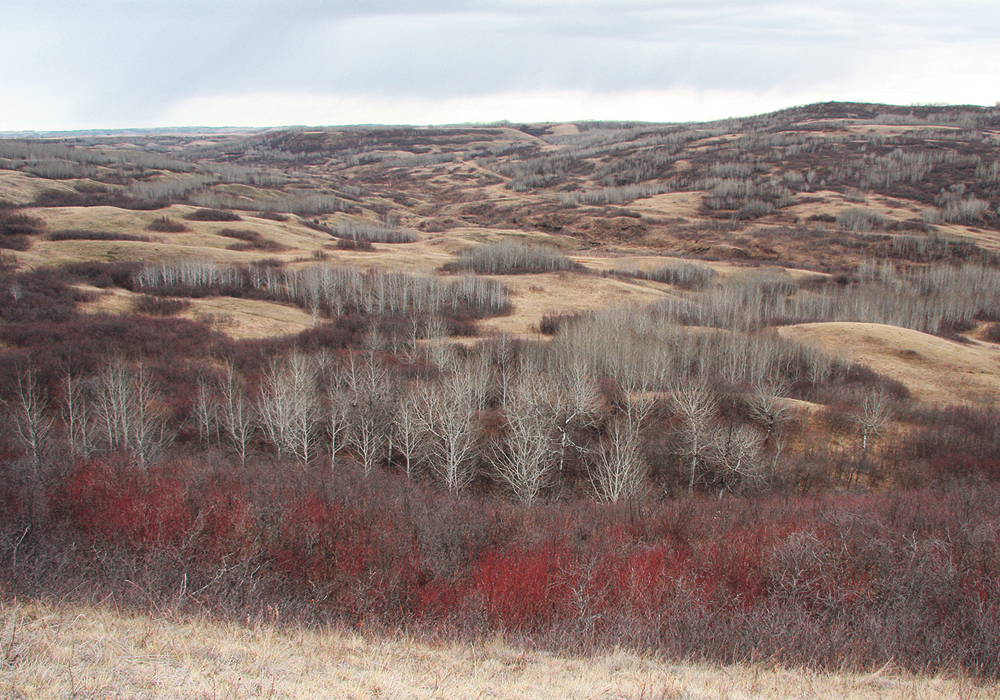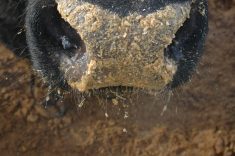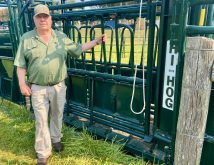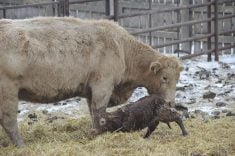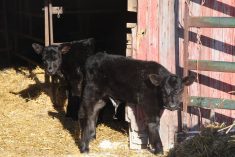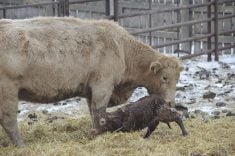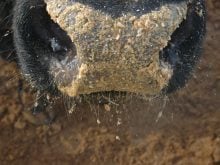Everything is done to preserve the operation’s grasslands, but the approach must be practical and economically feasible
VERMILION, Alta. — Sean McGrath considers himself a guardian of the most endangered ecosystem in the world.
“For prairie parkland, there is almost none left, probably about one percent. It is more endangered than the rainforest,” he said.
The majority of his land base is owned and leased native grassland, so he manages it like a scientist and a traditionalist. The goal is to make life better on a ranch that is more than 100 years old.
“We do lots of things that are pretty archaic,” he said. “I don’t own a quad. We chase cows on horses and we calve out on pasture. It is old-fashioned but we have a fancy scale head, we use sexed semen and we DNA every cow.”
Read Also

Beef check-off collection system aligns across the country
A single and aligned check-off collection system based on where producers live makes the system equal said Chad Ross, Saskatchewan Cattle Association chair.
Located south of Vermilion in northeastern Alberta, Round Rock Ranching is a family partnership with Sean and his wife, Tanya, sharing management duties with his parents, Fred and Anne.
An environmental farm plan has been completed, and Round Rock Ranching is a verified beef producer.
The ranch has a diverse ecology of native plants and wildlife. The winters can be bitter and the summers hot and dry.
About 180 cows will be calved out this spring. The herd was reduced last year because it was suspected drought would persist. They maintain a purebred Angus herd as well as commercial cows, all raised on the range.
The focus is preservation of the grasslands, but the approach must be practical and economically feasible.
“One of the things people don’t appreciate (is that) unless you are profitable and you are worried about paying for groceries, it is hard to be an environmentalist,” said McGrath. “Are you going to buy a solar pump for your cows or are you going to buy groceries?”
The pastures are managed with rotational grazing, but there is no single template. Instead, planning and extensive record-keeping are used to annually monitor forage quality and quantity.
The pastures have perimeter fences and are divided into smaller paddocks with electric fences. Cattle move every two to three days in the summer. Tame pastures are rotated faster. If vegetation is growing fast, the cows may be allowed only one-third of the forage while two-thirds are left behind.
Every paddock has a long rest period and every patch of ground is covered with litter to protect the soil.
People have told McGrath that his system seems like a lot of work, but he disagrees.
“I know from our records I can grow four times more grass than the average guy here,” he said.
“If you told a grain guy if you spent 20 minutes every two days checking your canola and you could go from 40 to 160 bushels to the acre, would they do it? Damn right they would.”
Cows are kept on pasture as long as possible. This year the cows came off pasture Jan. 5 and heifers came home Jan. 25. This year’s winter feed program included straw and dried distillers grain. Swaths, bales and corn are also grazed during the feeding period.
The cows have grazed corn for a decade, but it is an expensive crop to grow and carries some risk, so next year triticale may be offered. He is also using mixed cover crops. The swath-grazing program offers a mix of plants.
“We were getting 160 cow days per acre. This year with corn and fertilizer and spraying and a cold wet August, we don’t know if we got 160 days on corn at $300 per acre,” he said.
“With our swath grazing, we were in for $30 an acre and I was pulling 160 days an acre.”
A life-long learner with a degree from the University of Saskatchewan in animal science, plus business and range management programs, McGrath is open to research on the ranch and programs such as Alternative Land Use Services (ALUS) and Land EKG.
Alberta Environment and the University of Alberta have run research projects on the ranch to examine carbon sequestration. The research provides him with new information that can be applied to improve the ranch.
The ranch is also landscape health verified through the Alberta Cows and Fish REAL Beef Program. The initiative, which stands for Ranchers Enhancing Alberta’s Landscapes, attempts to link agricultural producers to urban communities by promoting sustainable food production.
Land EKG is a rangeland monitoring tool to guide management decisions. The program also offers workshops, profit strategies, grazing and habitat management and innovative fencing systems.
In 2014, the Canadian Cattlemen’s Association recognized the family’s commitment to the land with the national environmental stewardship award.




